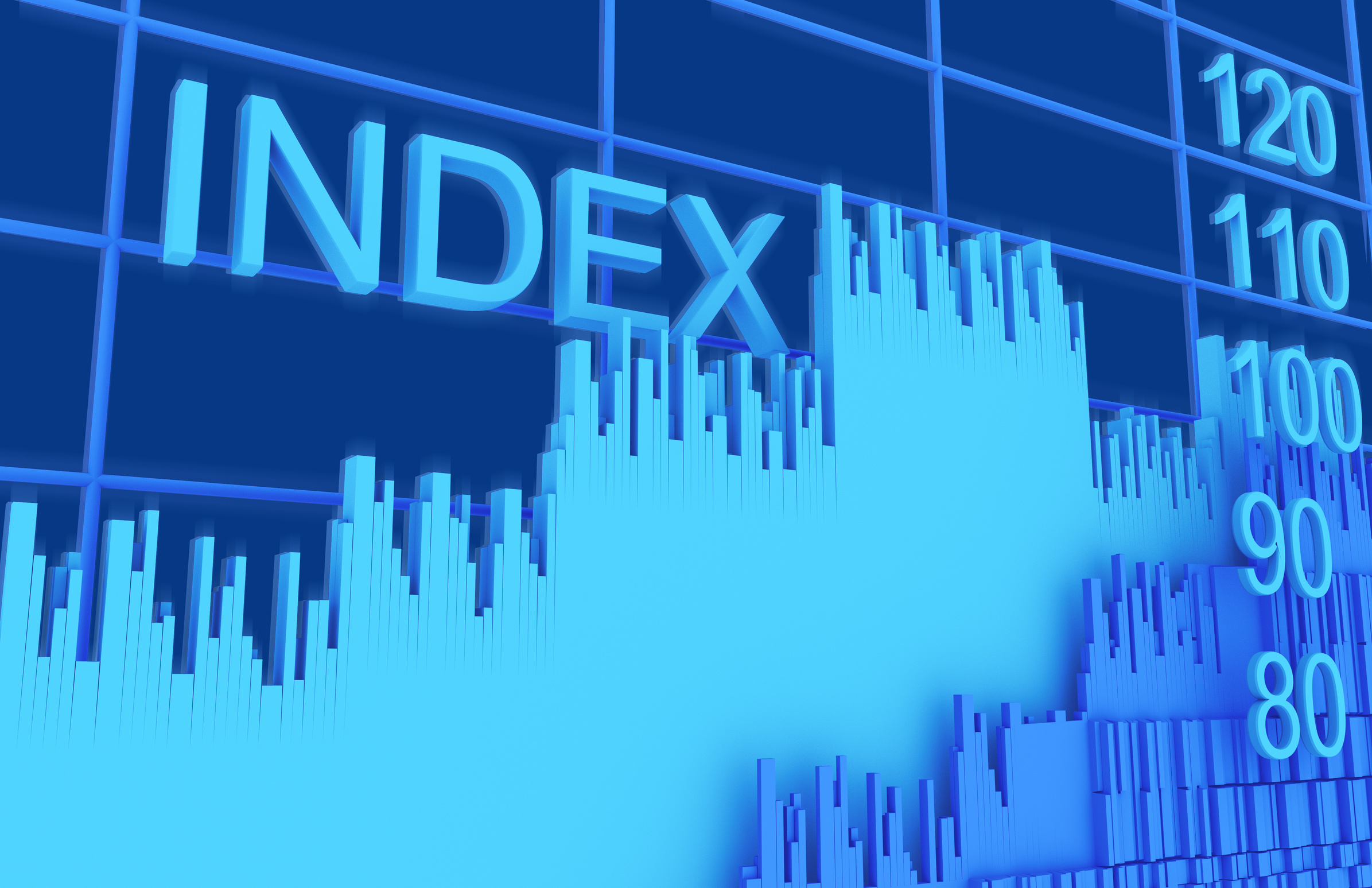Introduction
In today’s dynamic financial landscape, navigating the complexities of investing can be daunting. One innovative tool that has gained traction in recent years is index option trading. As an investor, understanding index options and their implications can empower you to make informed decisions and potentially enhance your investment strategy. In this comprehensive guide, we will delve into the world of index options, exploring their definition, history, and practical applications.

Image: koniukhchaslau.com
Defining Index Options
Index options are financial contracts that give the buyer the right, but not the obligation, to buy or sell an underlying index at a predefined price (the strike price) on a specified date (the expiration date). Unlike traditional stock options that derive their value from the performance of individual companies, index options are tied to the performance of a specific market index, such as the S&P 500 or the Dow Jones Industrial Average. This diversification characteristic allows investors to hedge against market volatility or express a directional view on the broader market.
History and Significance
The concept of index options emerged in the 1980s, driven by the need to manage risk and speculate on the overall market. The first widely traded index option was the Standard & Poor’s 500 Index (S&P 500) option, introduced by the Chicago Mercantile Exchange (CME) in 1983. The advent of index options revolutionized the investment landscape, providing investors with a new tool to protect their portfolios and capitalize on market trends. Today, index options are traded on various exchanges worldwide, offering investors access to diverse markets.
Understanding the Mechanics of Index Options
To comprehend how index options function, we must first understand the two main types:
-
Call Options: Grant the buyer the right to buy the underlying index at the strike price on or before the expiration date. They are used when the investor anticipates an upward movement in the index.
-
Put Options: Give the buyer the right to sell the underlying index at the strike price on or before the expiration date. They are employed when the investor expects the index to decline.
The value of an index option depends on several factors, including the underlying index’s current price, the volatility of the index, the time to expiration, and the difference between the strike price and the current price. Understanding these factors is crucial for making informed decisions when trading index options.

Image: www.indiamart.com
Practical Applications of Index Options
Index options offer investors a versatile range of applications, such as:
-
Hedging: Investors can use index options to reduce the risk of their existing investments. By purchasing a put option, investors can protect against potential losses if the underlying index declines.
-
Directional Trading: Index options allow investors to speculate on the direction of the overall market. By buying a call option, investors can profit if the index rises; by buying a put option, they can profit if the index falls.
-
Volatility Trading: Index options can be used to capitalize on changes in market volatility. By buying options with different strike prices and expiration dates, investors can create complex strategies to profit from both rising and falling volatility.
Tips and Expert Advice for Successful Index Option Trading
Navigating the world of index options requires careful planning and a disciplined approach. Here are some valuable tips from industry professionals:
-
Define Your Goals: Clearly identify your investment objectives, whether it’s hedging, directional trading, or volatility trading. This will guide your decision-making process.
-
Understand Risk Management: Index options carry inherent risk, so it’s essential to manage your exposure effectively. Determine the amount you’re willing to lose and stick to it.
-
Monitor Market Conditions: Stay informed about economic news, company announcements, and global events that can impact the underlying index. Be prepared to adjust your strategies if market conditions change.
-
Choose the Right Strategy: Different investment goals require different strategies. Explore various options, such as covered calls, protective puts, or spread trading, and select the one that best aligns with your risk tolerance and investment objectives.
-
Seek Professional Advice: Consider consulting a financial advisor or broker for personalized advice tailored to your specific situation. They can help you develop a comprehensive trading plan and mitigate potential risks.
FAQs: Demystifying Index Option Trading
Q: What factors influence the premium of an index option?
A: Factors such as the underlying index’s price, volatility, time to expiration, and interest rates play a role in determining the option premium.
Q: When should I buy a call option?
A: Buy a call option when you anticipate an upward movement in the underlying index.
Q: Can I exercise an index option before the expiration date?
A: Yes, you can exercise an index option at any time before its expiration date.
What Is Index Option Trading
Conclusion
Index option trading presents investors with a powerful tool for managing risk, capitalizing on market trends, and amplifying their returns. By understanding the concepts, applications, and strategies associated with index options, investors can unlock their full potential and enhance their investment journeys. As with any form of investing, it’s crucial to approach index option trading with a clear understanding of the risks involved and to consult professional advice when necessary. Embrace this guide as a roadmap for your exploration of index option trading.






